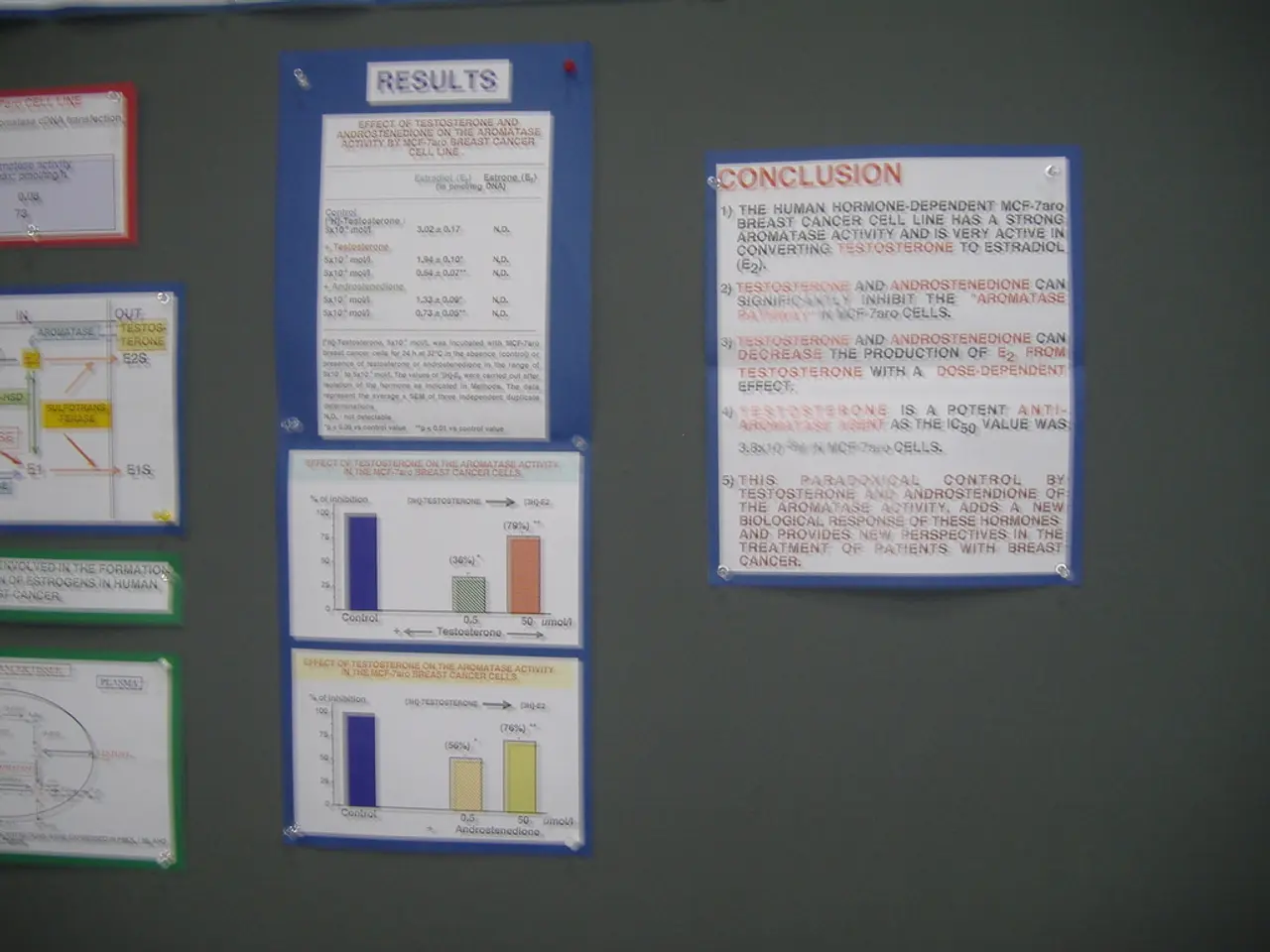Technology's potential in revolutionizing chronic disease management.
Managing the health of individuals with chronic diseases is an urgent challenge for primary care providers. With more than half of all U.S. adults dealing with conditions like heart disease, cancer, and arthritis, treatment for these issues consumes a massive chunk of healthcare spending. Enter digital health technology, offering solutions such as remote monitoring, mobile health apps, and wearables like fitness trackers. But can these tech tools truly revolutionize care for chronic disease patients?
Medical News Today sought the insights of primary care and internal medicine specialists about their current use and opinions of digital health technology in practice. While acknowledging the potential for these new tools to provide high-quality care, many doctors emphasized the numerous barriers hindering widespread adoption by both clinicians and patients.
The Success of Remote Monitoring
When it comes to remote monitoring, wireless tracking of patients' vital signs and symptoms is often well-received by primary care providers (PCPs). This method empowers patients to actively monitor their health and seek early intervention when necessary. For managing heart failure, remote monitoring has proven particularly effective in reducing hospitalizations and being more cost-effective than traditional management[1].
Empowerment through Medical Apps
With 77 percent of U.S. adults owning smartphones and nearly half holding tablet computers, health apps have the potential to transform chronic disease management. Apps aimed at consumers with conditions like diabetes and hypertension are widespread, with diabetes seen as a therapy field with the most potential[2].
In clinical trials, patients using apps for diabetes management to closely monitor blood glucose levels have shown significant improvements in HbA1c levels[2]. Despite the growing number of people using digital health tools, concerns linger about access among underserved populations and older adults.
Wearables: The Future of Chronic Disease Management?
Wearable devices, such as fitness trackers and smartwatches, hold immense promise for the future of chronic disease management, according to Dr. Judith Marcin, a family practice specialist in Chicago. However, there's a challenge in determining their true impact on health outcomes. While popular among consumers, dropout rates for activity trackers are high due to lack of utility or interest[3].
Framing Digital Health for Success
For digital health technology to make an impact on chronic disease management, it must address the needs of both patients and providers. Ease of use is crucial to encourage widespread adoption. Establishing realistic expectations, communicating any potential changes to routines, and highlighting the benefits for patient care can foster confidence in new technologies, facilitating their integration into healthcare goals.
Primary care and internal medicine doctors agree that while digital health technology undoubtedly has potential, overcoming the challenges of integration, complexity, and access is crucial to unlocking its benefits for chronic disease patients.
Enrichment Data:
Overall:
Digital health technologies (DHTs), including remote monitoring, medical apps, and wearables, have shown potential in improving chronic disease management. However, their effectiveness and integration into primary care and internal medicine settings face several challenges.
Effectiveness of Digital Health Technologies:
- Remote Monitoring: Remote monitoring supports timely interventions and improved patient care, particularly for conditions like heart disease and diabetes.
- Medical Apps and Wearables: These technologies offer a range of functions, from tracking vital signs to personalized interventions.
- Chronic Disease Management: For conditions like diabetes, wearables and apps can significantly improve health metrics, such as glucose levels and weight management.
Challenges in Primary Care and Internal Medicine:
- Integration and Complexity: Managing multiple DHTs for patients with multimorbidity can pose a challenge, requiring them to juggle numerous devices and apps.
- Professional Efficiency: While DHTs promise to reduce workload for healthcare providers, they also require providers to interpret and manage the data effectively.
- Access and Adoption: Access to digital health technologies and familiarity among patients and healthcare providers represent barriers to widespread adoption.
- With remote monitoring, primary care providers can monitor patients' vital signs and symptoms remotely, empowering patients to actively manage their health and seek early intervention.
- Health apps have the potential to revolutionize chronic disease management, particularly for conditions like diabetes and hypertension, as they can aid in closely monitoring health metrics.
- Fitness trackers and smartwatches, considered wearable devices, show promise for the future of chronic disease management, but their impact on health outcomes requires further determination.
- For digital health technology to be successful in chronic disease management, it must be user-friendly and encourage widespread adoption among both patients and providers.
- Ease of use, realistic expectations, and clear communication about benefits for patient care can foster confidence in new digital health technologies, facilitating their integration into healthcare goals.
- While digital health technologies have potential in managing chronic diseases like COPD, type-2 diabetes, chronic kidney disease, cancer, and rheumatoid arthritis, overcoming challenges related to integration, complexity, and access is crucial to unlocking their full benefits.




